About Helen Levitt
About Helen Levitt
Marvin Hoshino
February 26, 2018
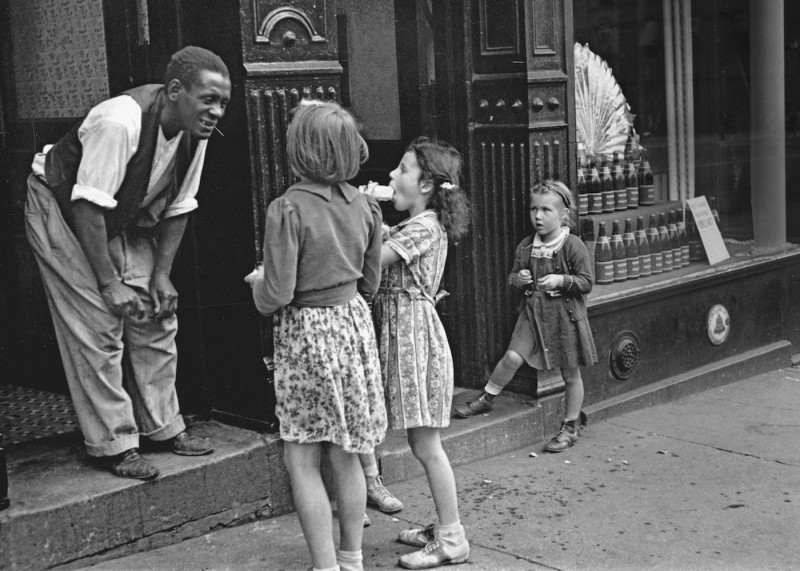
Helen Levitt © Film Documents LLC
The idea was to see more of Helen Levitts work, unknown things that she did not show much in her lifetime. I worked only from prints, no negatives. Some of the prints were signed and some were really just proof prints, which she probably would have rejected in the end. I also wanted to show more of what New York looked like back then. Perhaps if Helen had lived anywhere else, people worldwide would not have so fixed an opinion of the place she happened to shoot. New York has changed enormously in the eight decades since Helen started working. Helen moved into the northern edge of Greenwich Village in the 1950s, and her later colour pictures were taken mainly in the garment district and on the Lower East Side, both convenient to her apartment. As she said, she was looking for street life, and went where the action was.
The arrangement by the number of people in the frame is my idea. Because there were so many photos to work from, I started the editing process by separating the pictures into categories of 1, 2, 3, or more people. I thought I would then see a way to intermix the individual pictures. But then I saw that the separate groups were quite interesting by themselves -- variations on a theme, how many ways Helen photographed just one person versus how she photographed a pair. The separate folders of scans on my computer, marked "1" and "2" and "3" and "More", ended up being the book's title.
You were for many years very close to Helen Levitt, as an assistant, but also as a friend. How did you meet her?
She was teaching a course at Pratt Institute in Brooklyn where I met her and started to help her with technical matters. She worked very hard in those years, although she was already over the age of 60. When I met her, Helen no longer had a darkroom, so I offered to buy her an enlarger. She said yes, but would only take a Leitz Valoy. I was lucky to be able to find a used Valoy II, the one with the anti-Newton ring glass. For many years, she printed in her bathroom, washing the prints in the bathtub, until her bad back forced her to send her negatives out to a lab. She was, I think, the best printer of her work.
Do you know more about the Leica cameras Helen Levitt used?
By the time I met Helen in the 1970s her original Leica had been stolen. But she used a Leica for all of these photos. It was likely a Leica III a or b. I forget the chronology of 1930s Leicas, but she bought her first one second hand in around 1938. I think it was always a rangefinder model, although mostly she pre-focussed. And she used an uncoated pre-war f/3.5 Elmar, I am almost sure. I know lens flare was a problem. By the 1970s she had a coated lens, an Elmar, not a Summicron, but still used a lens shade at all times. She always shot with a 50mm lens, either on a screw-mount Leica or an M3.
Helen famously used a Winkelsucher (Leica's right-angle viewfinder) in those days, but I think more is made of that than is really true. Most of the time she shot conventional. What people today forget is that most neighbourhood people in the 1940s did not recognize that the thing she was holding was a 35 mm camera, and they were not camera conscious (that came in the 1960s), which is the real reason she could get so close to them. Or they thought she was an ''amateur'' and ignored her.
What are your strongest memories of Helen Levitt? What impressed you most?
My strongest memories are how much fun Helen was and how loyal a friend she was to me. I once mentioned to her childhood friend Clara Shapiro that Helen seemed to be, from the few photographs of her, very serious as a young artist. Clara laughed and said, "On, no. Helen was light-hearted and carefree. She loved to go to parties to dance and flirt with the boys." When I first knew Helen she still loved parties.
What amounts to a myth has arisen that Helen was reclusive and very private. But this was when she was in her 80s and had to conserve her strength. With me, and I am sure with her other friends, she would tell you almost anything if you asked.
“Helen had a utterly individual mixture of toughness, certitude, curiosity, and glee”, the novelist Francine Prose once wrote on the New York Public Library website. 'You have to do your legwork' was Helen’s typically terse and telling verdict on what it takes to be a street photographer. What impressed me the most about her? Helen worked enormously hard; she did her legwork.
A portfolio from One, Two, Three, More can be found in LFI 2/2018.
Marvin Hoshino+-
Marvin Hoshino was for many years a professor and former chair of the art department at Queens College of the City University of New York. Graphic designer by trade, he has worked for the magazine ''Ballet Review" for the past thirty years, most recently as the editor and designer. As a close friend and as the best connoisseur of Helen Levitt's work, he has been responsible for numerous books over the last few years. More

Helen Levitt © Film Documents LLC
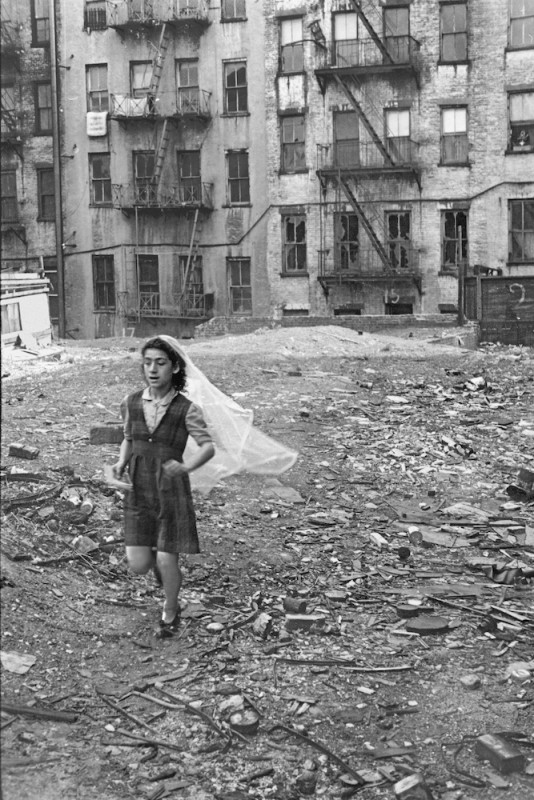
Helen Levitt © Film Documents LLC
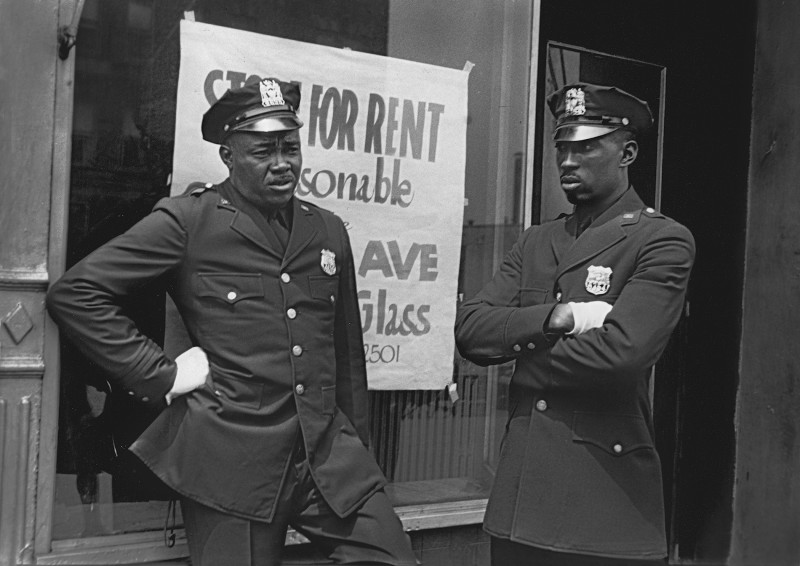
Helen Levitt © Film Documents LLC
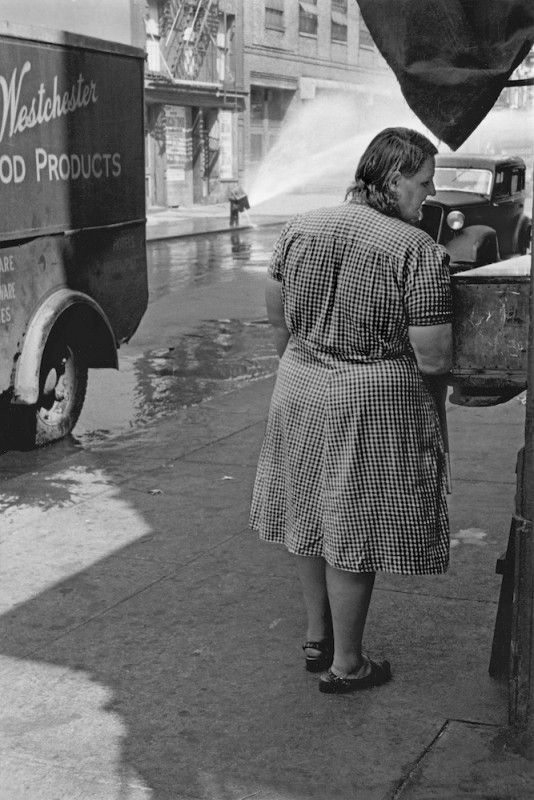
Helen Levitt © Film Documents LLC
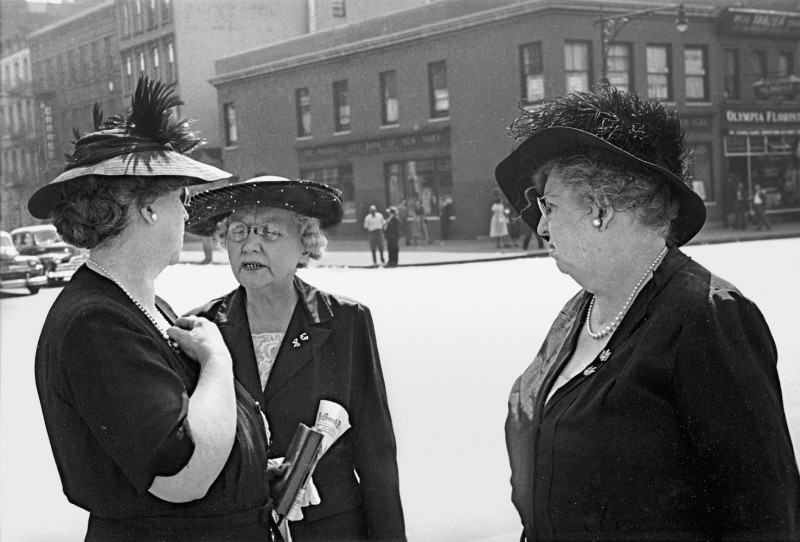
Helen Levitt © Film Documents LLC
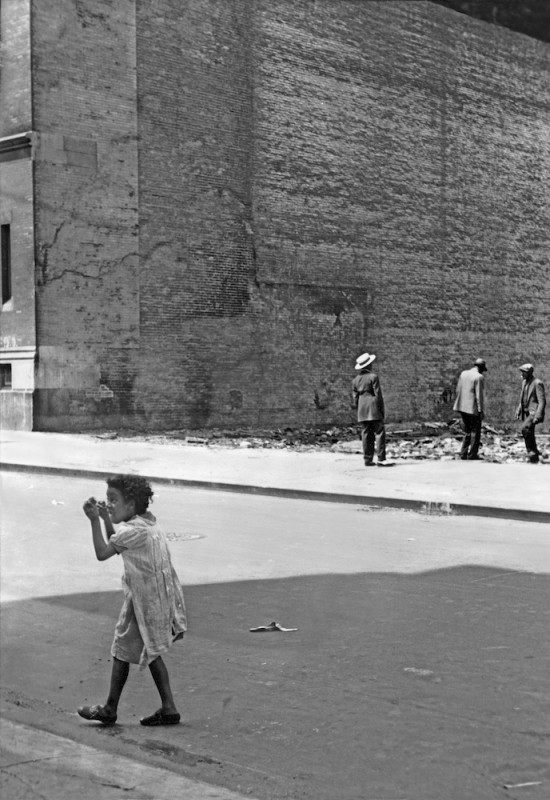
Helen Levitt © Film Documents LLC
